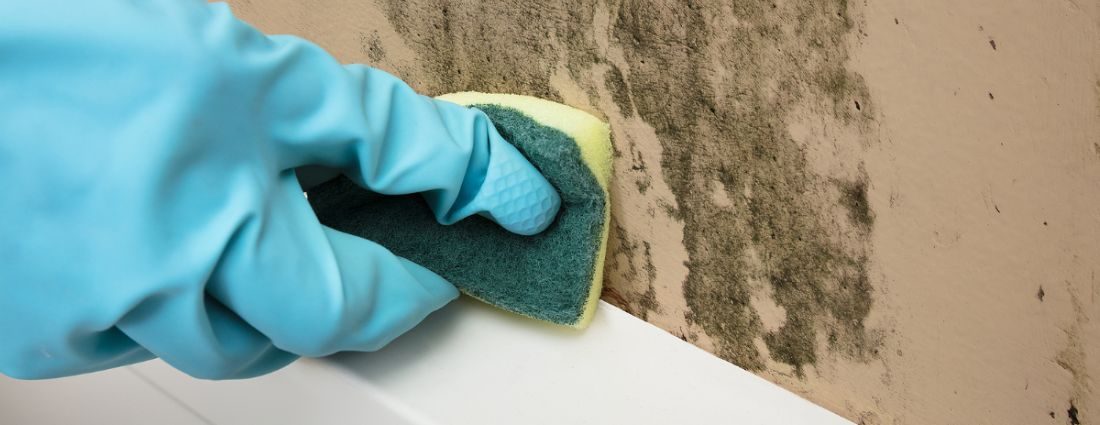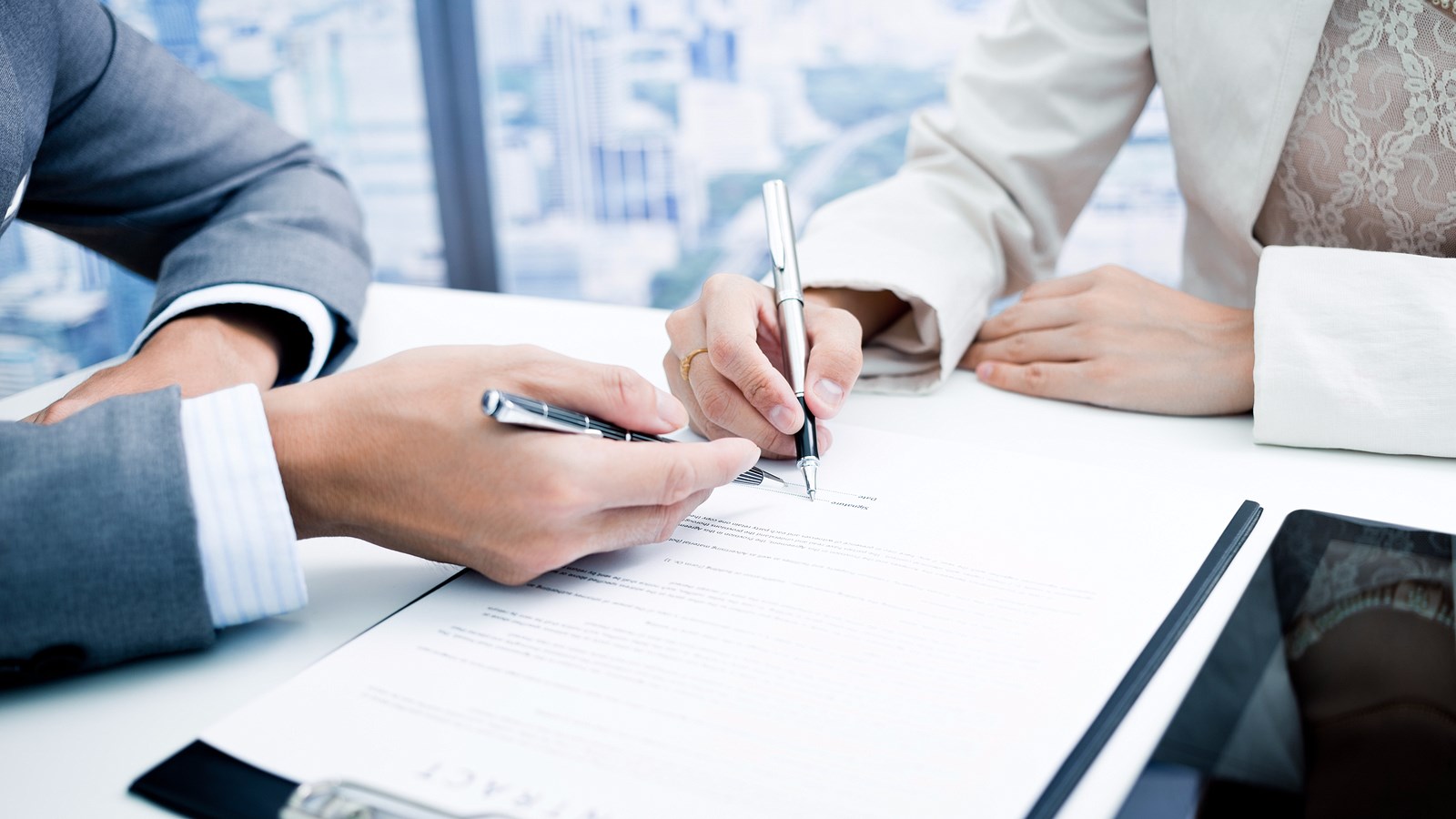In the realm of indoor environmental quality, mold remains one of the most insidious and pervasive threats. Often unseen but potentially harmful, mold can lurk in hidden corners, silently compromising the health of occupants and the integrity of buildings. Unveiling these unseen threats through mold remediation is essential to safeguarding indoor spaces and ensuring the well-being of those who inhabit them. In this article, we explore the process of water damage restoration services and its role in addressing these hidden dangers.
- Identification and Assessment: The first step in mold remediation is to identify and assess the extent of the mold infestation. Trained professionals conduct thorough inspections, using specialized equipment to detect mold growth and assess the underlying causes, such as moisture intrusion or poor ventilation. This initial assessment is crucial for developing an effective remediation plan tailored to the specific needs of the property.
- Containment and Isolation: To prevent the spread of mold spores to unaffected areas, containment measures are implemented during remediation. This typically involves sealing off the contaminated area with plastic sheeting and using negative air pressure systems to create a controlled environment. By isolating the affected area, remediation experts minimize the risk of cross-contamination and ensure the safety of occupants and remediation workers.
- Safe Removal and Cleanup: The safe removal and cleanup of mold-infested materials are essential for effective remediation. Remediation professionals employ industry-approved methods and equipment to remove mold safely from surfaces. Non-porous materials may be cleaned with specialized cleaning agents, while porous materials may need to be removed and replaced to ensure thorough eradication of mold spores. Proper disposal of contaminated materials is also crucial to prevent further spread of mold.
- Preventive Measures: Addressing underlying moisture issues is essential for preventing future mold growth. Remediation efforts include identifying and repairing sources of moisture, improving ventilation, and implementing moisture control measures. By addressing these underlying issues, property owners can create an environment that is inhospitable to mold growth and reduce the risk of recurrence.
- Post-Remediation Verification: Following remediation, post-remediation verification (PRV) is conducted to ensure that the mold has been effectively removed and that indoor air quality has been restored. This may involve visual inspections, air sampling, and moisture testing to confirm the success of remediation efforts. PRV provides peace of mind that the property is free from mold and safe for occupancy.
In conclusion, unveiling unseen threats through mold remediation is essential for maintaining clean and healthy indoor environments. By identifying, containing, and safely removing mold infestations, remediation professionals protect the health of occupants and preserve the integrity of buildings. Through thorough assessment, containment, removal, preventive measures, and post-remediation verification, mold remediation ensures that unseen threats are addressed and indoor spaces are safe and habitable for all.



